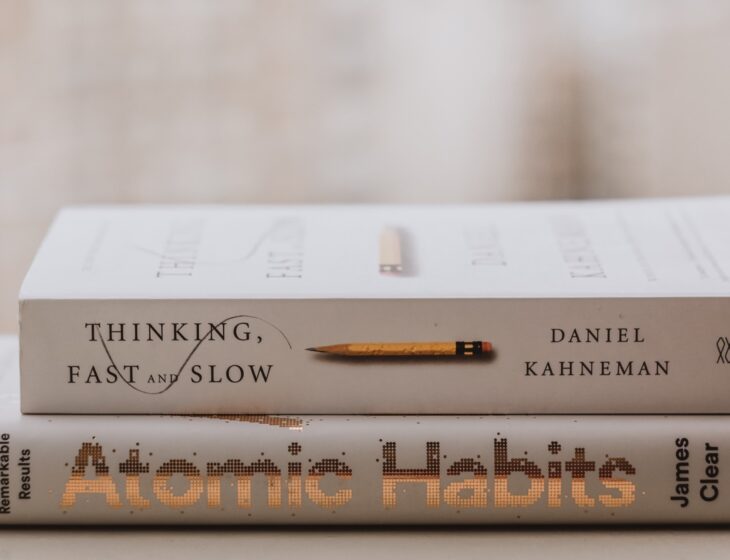If you’re struggling with bad habits, you’re not alone. Many people find themselves in the same situation, trying to figure out how to break these habits and build new, good ones. Luckily, there are some steps you can take to make this process easier. In this blog post, we’ll go over how to break bad habits and build new ones that will help improve your day to day effectiveness. stick with it! Breaking bad habits is never easy, but by following these steps and trusting the process, you can do it. Good luck!
Understand what a habit is and how it’s formed
Navigating the complexities of forming new habits can be a daunting task. It’s easy to get overwhelmed when trying to break existing habits or create new ones. Simply put, habits are formed when you repeat an action enough times to the point that it can be done with very little conscious thought or effort. Forming a new habit or breaking an old one will no doubt, require a fair amount of willpower, but there are many tools that you can use to make the journey quicker and smoother.
Identify the Non-Negotiables
Everyone has bad habits that they need to break, and new habits that they need to form, but it can be difficult to know where to start. A good idea is to write down only 10 good habits and 10 bad habits. Then, put them in order from most urgent to least and work your way down the list.
It is important to start small. For example, if you’re room is very messy, start by clearing one small section of the room at a time. Building momentum with small wins is the best way to start any task that seems overwhelming, if you look at the entire mountain you’re about to climb, you’re likely to get put off.
Create an achievable plan
It is important to create an achievable plan for breaking/building habits. Focus on one habit at a time, setting specific goals with actionable steps and timelines to measure your progress. Celebrate milestones along the way, no matter how small they may be, and use those milestones as motivation to move forward.
The importance of keeping track of your progress cannot be overstated, this not only gives you an indicator of when you need to up the intensity, but also, the motivation that comes with knowing that you are headed in the right direction to carry on.
One of the greatest benefits of focusing on one habit at a time is, once you build/break one habit, your new identity of somebody who can break habits starts to form. More on this idea later.
Create a plan for breaking your bad habits, including setting specific goals and timelines
We all have bad habits we should break in order to improve our health and happiness. While it’s important to identify what these bad habits are, it is just as important to create an achievable plan for breaking them. Focus on one habit at a time, setting specific goals and timelines to measure your progress. Celebrate milestones along the way, no matter how small they may be, and use those milestones as motivation to move forward. Establishing a plan with several success points will help keep you on track when distractions arise or life gets tough. The best part? Once you accomplish breaking one bad habit, the next will be even easier to tackle!
Find a support system to help you stay on track
Staying on track can be hard, especially when life throws you curveballs. Having a group of people that you can rely on to provide support and encouragement can make all the difference. Finding someone who understands what you’re going through and can provide sound advice can help you keep your feet firmly planted on the ground. Whether it’s family, friends, or professionals that you seek for counsel, making sure to have a strong support system around is essential for staying on course during difficult times.
Unfortunately, this works both ways. Your environment has a massive impact on your habitual behavior. If you are trying to kick a habit and you are surrounded by people who are regularly engaging in said habit, you not only have to face peer-pressure, but you are far more likely to experience the craving as a result on the influence from your environment. This is due to the phenomenon of Conditioned Response, our brain associates the environment that we were in when doing the habit, to the habit itself, activating our craving response even when the stimulus isn’t present.

A good example of this is; when somebody who is addicted to nicotine sees a person smoking on TV, they often experience a strong craving by association.
